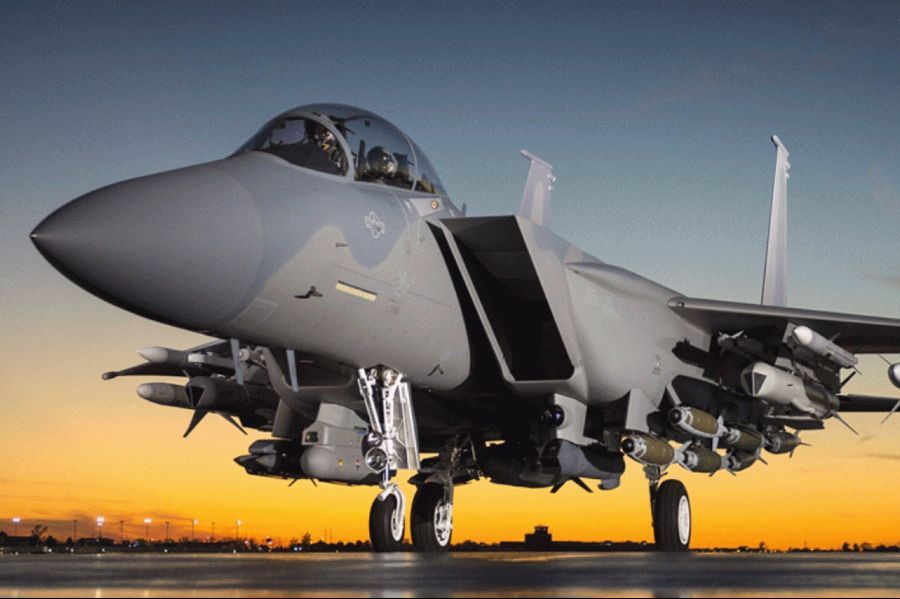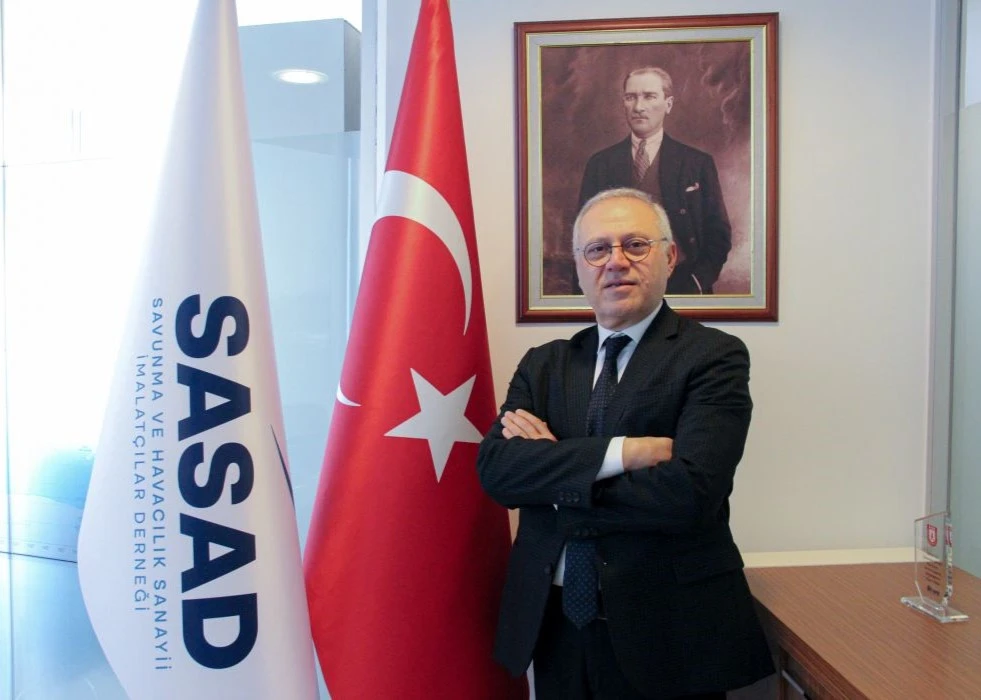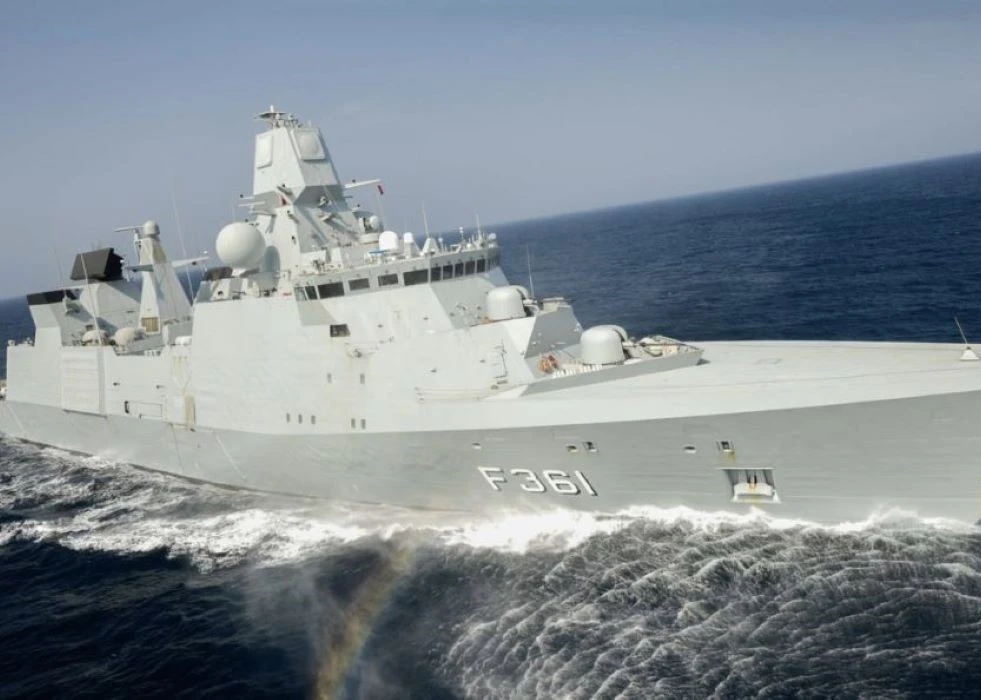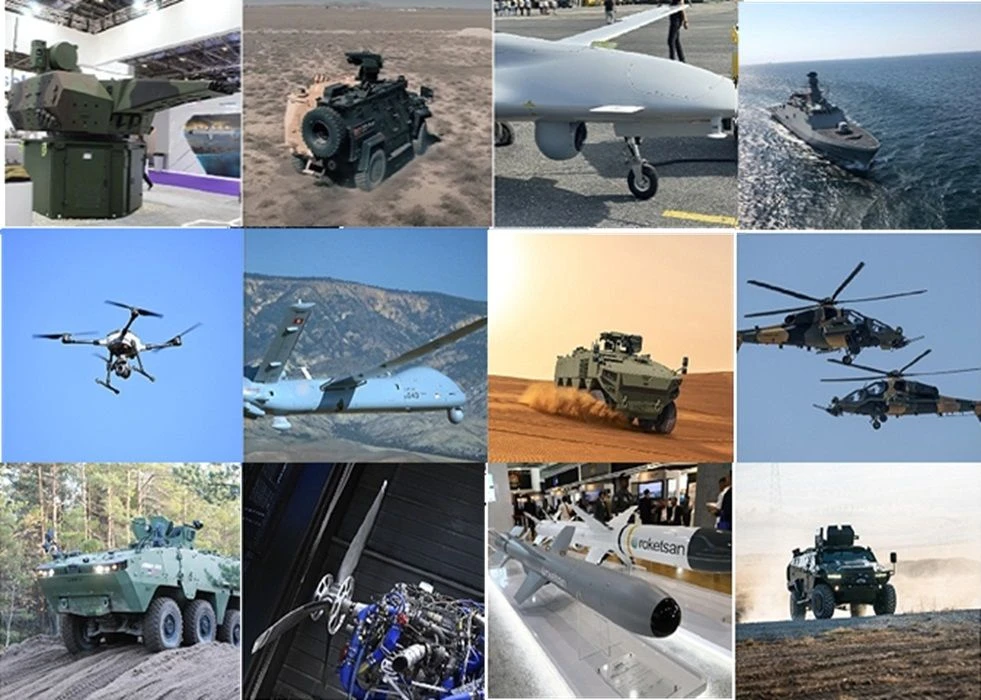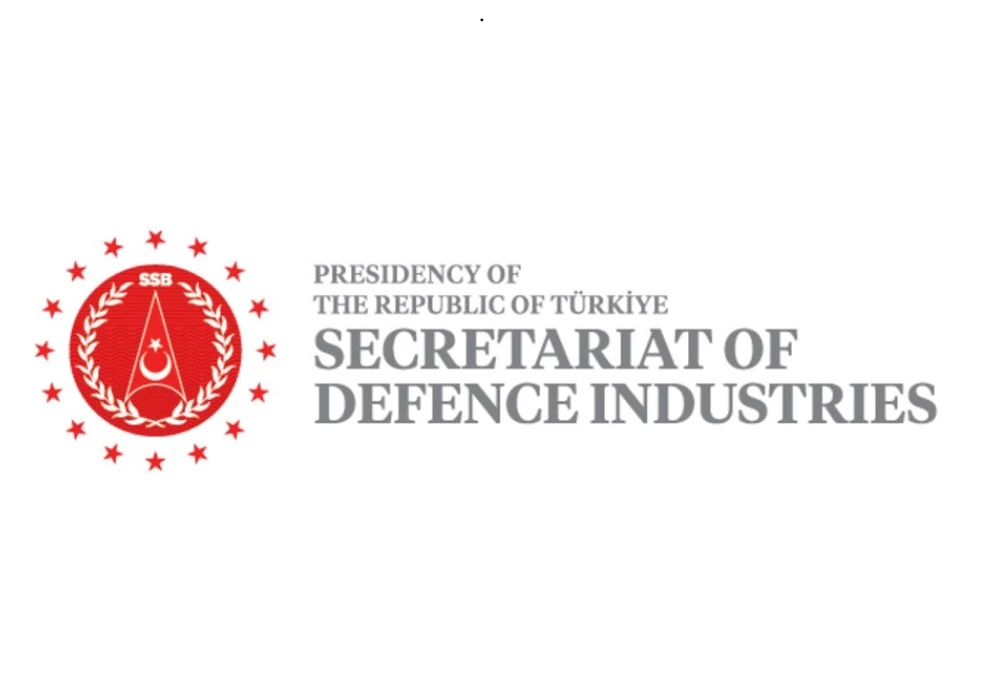Sweden-based independent international institute dedicated to research into conflict, armaments, arms control and disarmament provides data, analysis and recommendations based on open sources.
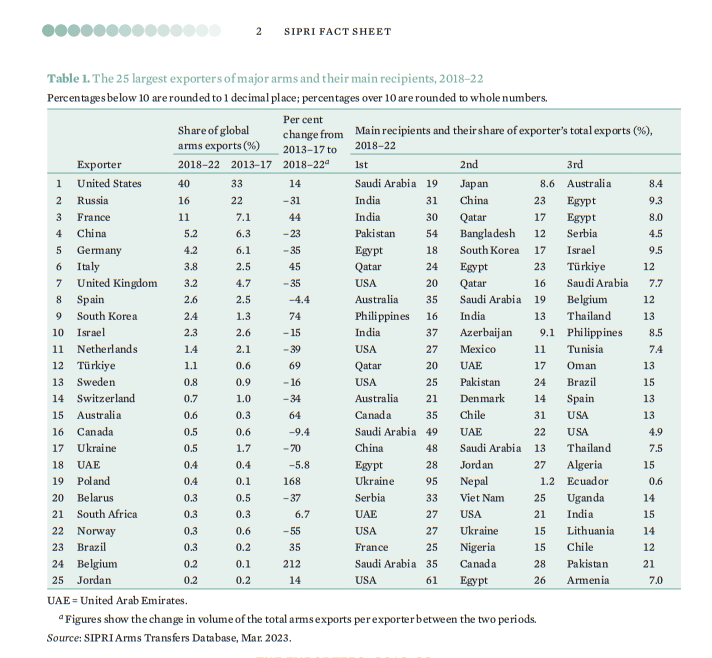
According to the report, imports of major arms by European states increased by 47 per cent between 2013–17 and 2018–22, while the global level of international arms transfers decreased by 5.1 per cent. Arms imports fell overall in Africa (–40 per cent), the Americas (–21 per cent), Asia and Oceania (–7.5 per cent) and the Middle East (–8.8 per cent)—but imports to East Asia and certain states in other areas of high geopolitical tension rose sharply. The United States’ share of global arms exports increased from 33 to 40 per cent, while Russia’s fell from 22 to 16 per cent.
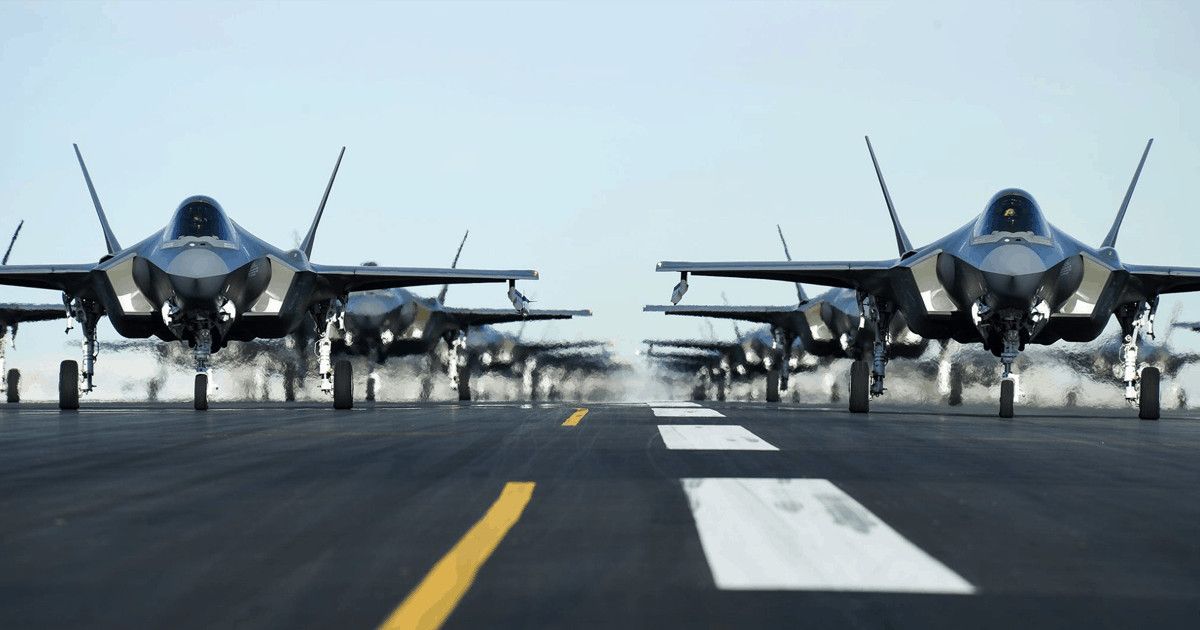
The USA and Russia have long dominated global arms exports. However, the gap between the two has been widening significantly, while that between Russia and the third largest supplier, France, has narrowed. US arms exports increased by 14 per cent between 2013–17 and 2018–22, and the USA accounted for 40 per cent of global arms exports in 2018–22. Russia’s arms exports fell by 31 per cent between 2013–17 and 2018–22, and its share of global arms exports decreased from 22 per cent to 16 per cent, while France’s share increased from 7.1 per cent to 11 per cent.
Russian arms exports decreased to 8 of its ten biggest recipients between 2013–17 and 2018–22. Exports to India, the largest recipient of Russian arms, fell by 37 per cent, while exports to the other 7 decreased by an average of 59 per cent. However, Russian arms exports increased to China (+39 per cent) and Egypt (+44 per cent), and they became Russia’s second and third largest recipients.
France’s arms exports increased by 44 per cent between 2013–17 and 2018–22. Most of these exports were to states in Asia, Oceania, and the Middle East. India received 30 per cent of France’s arms exports in 2018–22, and France displaced the USA as the second largest arms supplier to India after Russia.
Ukraine becomes the world’s third-largest arms importer in 2022
Ukraine imported a few major arms from 1991 until the end of 2021. As a result of military aid from the USA and many European states following the Russian invasion of Ukraine in February 2022, Ukraine became the 3rd most significant importer of major arms during 2022 (after Qatar and India) and the 14th biggest for 2018–22. Ukraine accounted for 2.0 per cent of global arms imports in the five years.
Asia and Oceania received 41 per cent of major arms transfers in 2018–22, a slightly smaller share than in 2013–17. Despite the overall decline in transfers to the region, there were marked increases in some states and marked decreases in others. Six regional states were among the ten largest importers globally in 2018–22: India, Australia, China, the Republic of Korea, Pakistan and Japan.
Arms imports by East Asian states increased by 21 per cent between 2013–17 and 2018–22. Arms imports by China rose by 4.1 per cent, with most coming from Russia. However, the most significant increases in East Asia were by US treaty allies the Republic of Korea (+61 per cent) and Japan (+171 per cent). Australia, the largest arms importer in Oceania, increased its imports by 23 per cent.
India remains the world’s top arms importer, but its imports declined by 11 per cent between 2013–17 and 2018–22. This decline was linked to a complex procurement process, efforts to diversify arms suppliers and attempts to replace imports with local designs. Imports by Pakistan, the world’s eighth largest arms importer in 2018–22, increased by 14 per cent, with China as its leading supplier.
Middle East receives high-end US and European arms.
Three of the top 10 importers in 2018–22 were in the Middle East: Saudi Arabia, Qatar and Egypt. Saudi Arabia was the world’s second-largest arms importer in 2018–22, receiving 9.6 per cent of all arms imports. Qatar’s arms imports increased by 311 per cent between 2013–17 and 2018–22, making it the world’s third biggest arms importer in 2018–22.
The great majority of arms imports to the Middle East came from the USA (54 per cent), followed by France (12 per cent), Russia (8.6 per cent) and Italy (8.4 per cent). They included more than 260 advanced combat aircraft, 516 new tanks and 13 frigates. Arab states in the Gulf region alone have placed orders for more than 180 combat aircraft, while 24 have been ordered from Russia by Iran (which received virtually no significant arms during 2018–22).
European NATO states increased their arms imports by 65 per cent as they sought to strengthen their arsenals in response to a perceived heightened threat from Russia.
The USA’s arms exports to Türkiye decreased dramatically between 2013–17 and 2018–22 due to bilateral tensions. Türkiye fell from 7th to 27th largest recipient of US arms.
Arms imports by states in sub-Saharan Africa fell by 23 per cent, with Angola, Nigeria and Mali the biggest recipients. Russia overtook China as the largest arms supplier to the subregion.
Arms imports by three states in the Americas rose significantly: the USA (+31 per cent), Brazil (+48 per cent) and Chile (+56 per cent).
Among the top seven arms exporters after the USA, Russia and France, five countries saw falling arms exports—China (–23 per cent), Germany (–35 per cent), the United Kingdom (–35 per cent), Spain (–4.4 per cent) and Israel (–15 per cent)—while two saw significant increases—Italy (+45 per cent) and Republic of Korea (+74 per cent).

